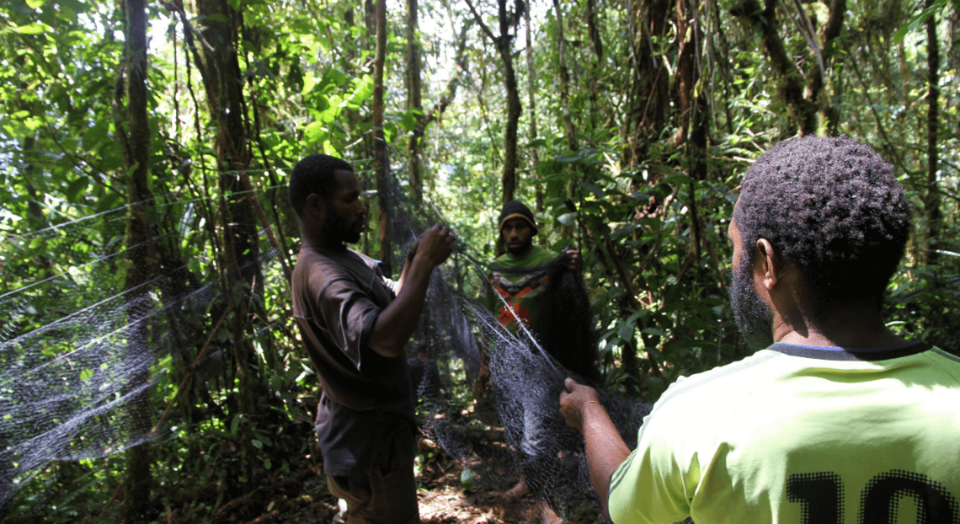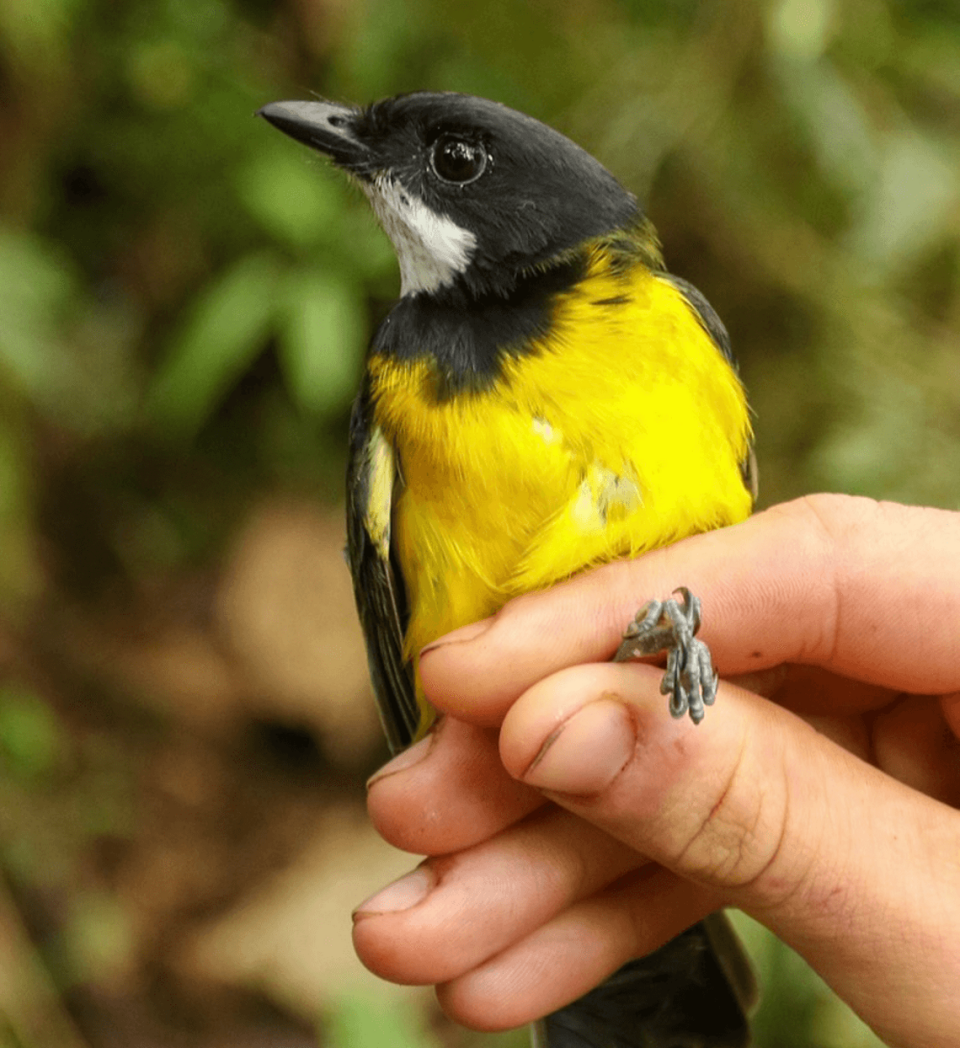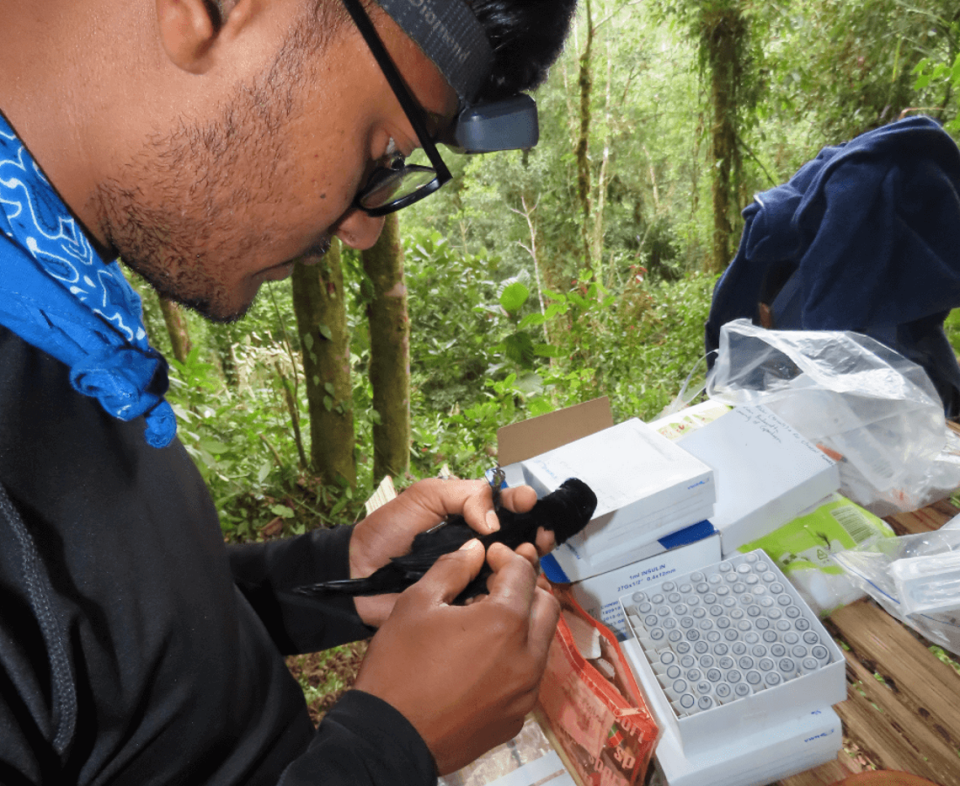Two new species of poisonous birds found in jungle. They taste ‘spicy,’ locals say
Flying through the jungles of Papau New Guinea, two brightly colored bird species carried a secret. More accurate, the birds carried a poison — a toxin emanating from their feathers and seeping from their skin, a study said.
People living on New Guinea island have known about the “unpalatable” taste of these yellow-feathered bird species for centuries, researchers said in a study published in the journal of Molecular Ecology.
“The locals aren’t fond of spicy food and steer clear of these birds,” co-author Knud Jønsson said in a March 31 news release from the University of Copenhagen. “According to them, their meat burns in the mouth like chili.”
Local knowledge of these birds inspired researchers to take a closer look at the species, Jønsson said.
A team of researchers, including Jønsson, co-author Kasun Bodawatta and experts from the New Guinea Binatang Research Center, set off on an expedition to the Saruwaged Range of mountains in eastern Papua New Guinea, the release said. The island of New Guinea is just north of Australia.

The team identified two new species of poisonous birds: the rufous-naped bellbird and the regent whistler, the study said.
The rufous-naped bellbird, also known as Aleadryas rufinucha, is a small bird with a black, white and yellow body, photos show. The bird has distinctive red and white feather patches on its head.
The regent whistler, also known as Pachycephala schlegelii, is found across the Indo-Pacific region and has an “easily recognizable song,” the release said. Photos show the bird’s stark yellow and black feathers with a small white patch on its throat.

Researchers discovered that both bird species carried the same toxin, Batrachotoxin, as the “iconic” poison dart frogs of Central and South America, the release said. In high concentrations, Batrachotoxin causes muscle cramps, cardiac arrest and death.
The poisonous substance was found in the birds’ skin and feathers, the study said. The animal’s likely absorbed the toxin from their environment, namely what they eat, likely a type of toxic beetle found on the island.

Analyzing the birds’ chemical and genetic makeup, researchers determined that a genetic mutation gave the species personal immunity to the effects of the toxin in their bodies. Poisonous frogs and different species of toxic birds had different mutations to grant that protection, but all mutations were located on the same gene, the study said.
The newly-identified bird species had lower levels of Batrachotoxin than frogs, the release said.
Still, “the toxin can be felt when holding onto one of (the birds),” Jønsson said. “It feels kind of unpleasant, and hanging on to one for long isn’t an appealing option.”
“This could indicate that the poison serves them as a deterrence of those who would want to eat them to some degree,” he said in the release.
The rufous-naped bellbird and regent whistler surprised researchers because they were the first species of poisonous birds to be identified in over 20 years, Jønsson said.
Further research is needed to understand how the birds digest the poisonous substances and whether the creature’s specifically seek out toxic prey, the study said.
Deepest fish ever filmed — over 5 miles down — found near Japan. See it up close
‘Mysterious’ creature seen hopping along rainforest river for first time in 24 years
Creature’s shining eyes at plantation leads to discovery of species in India, study says

